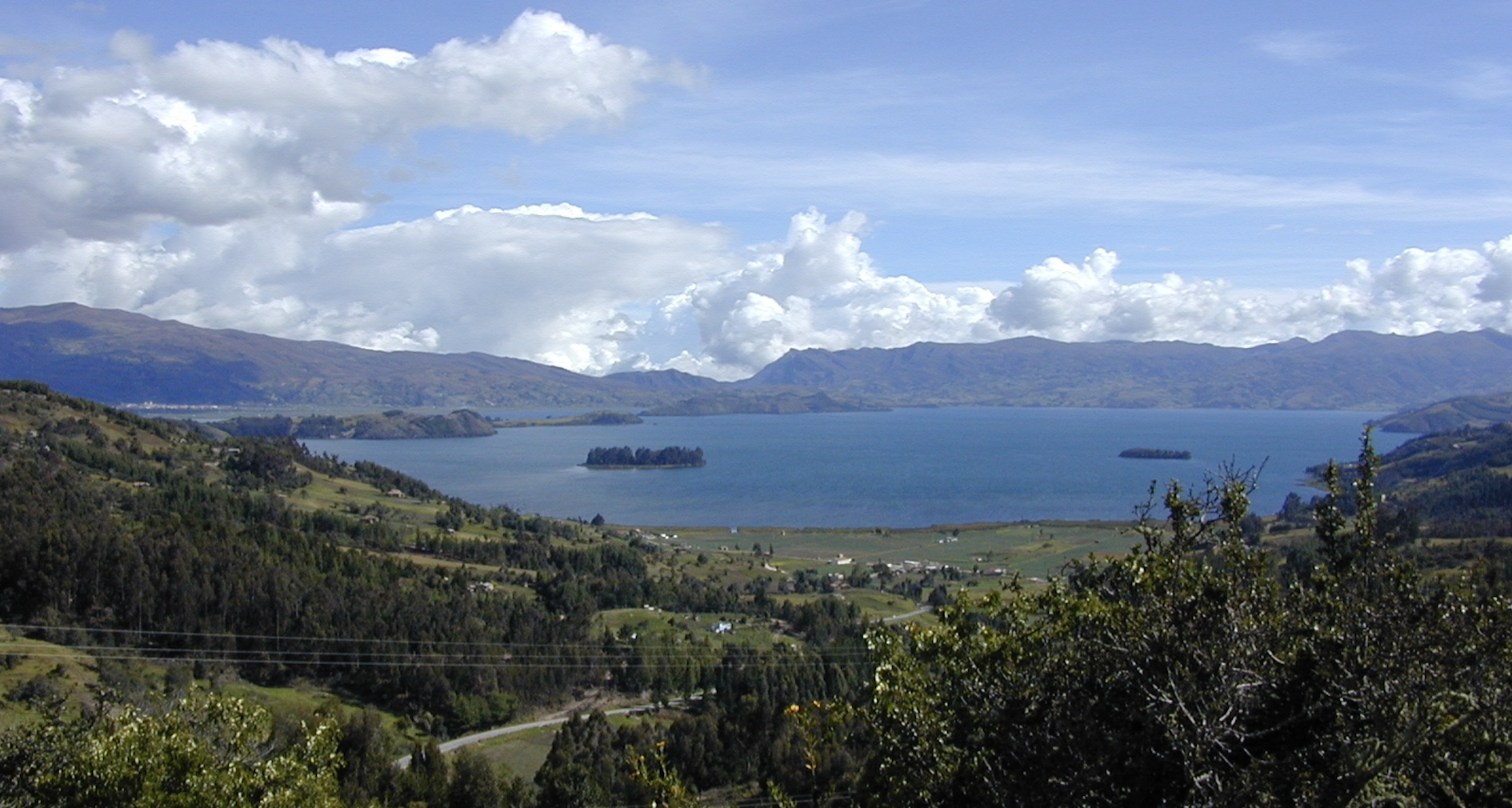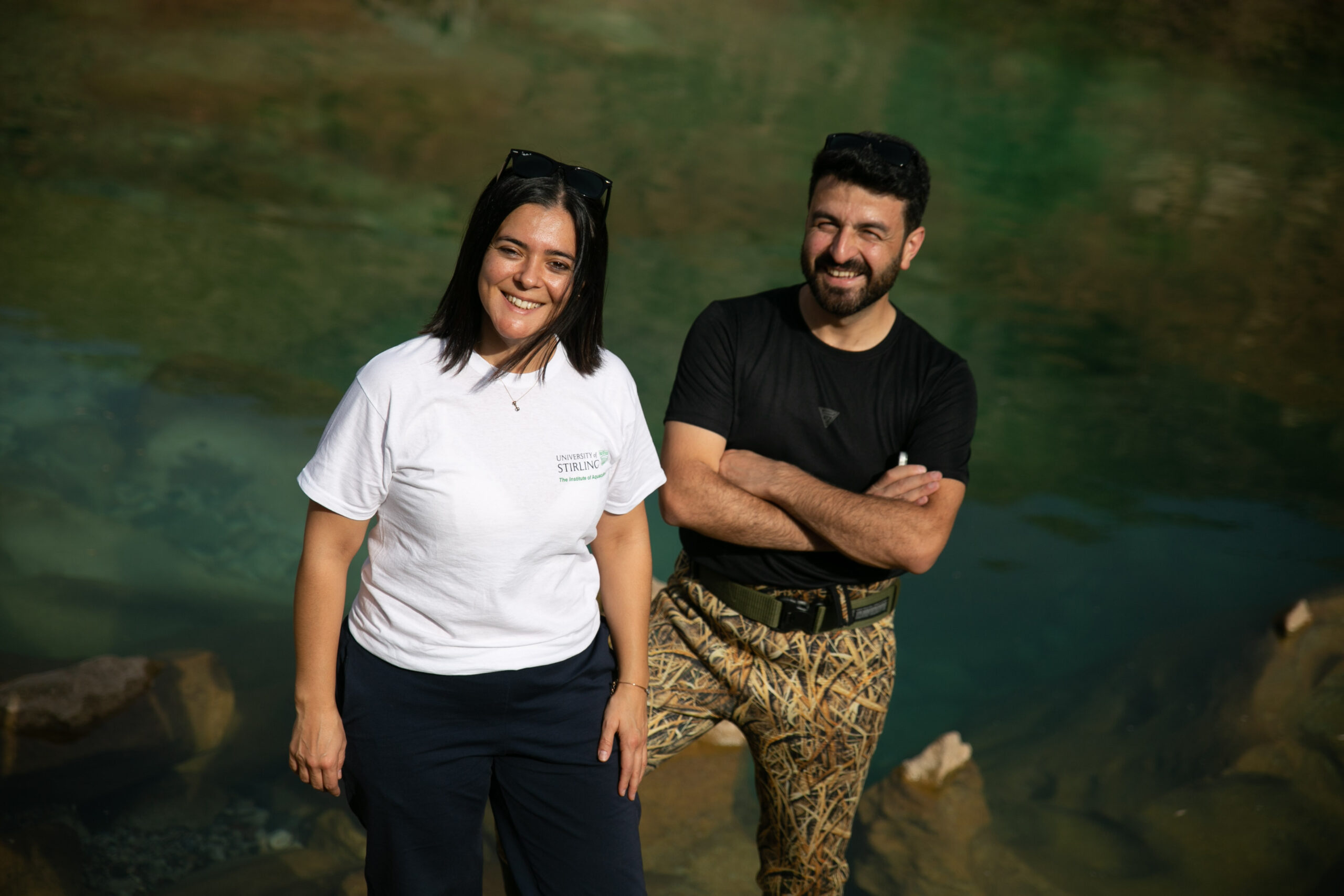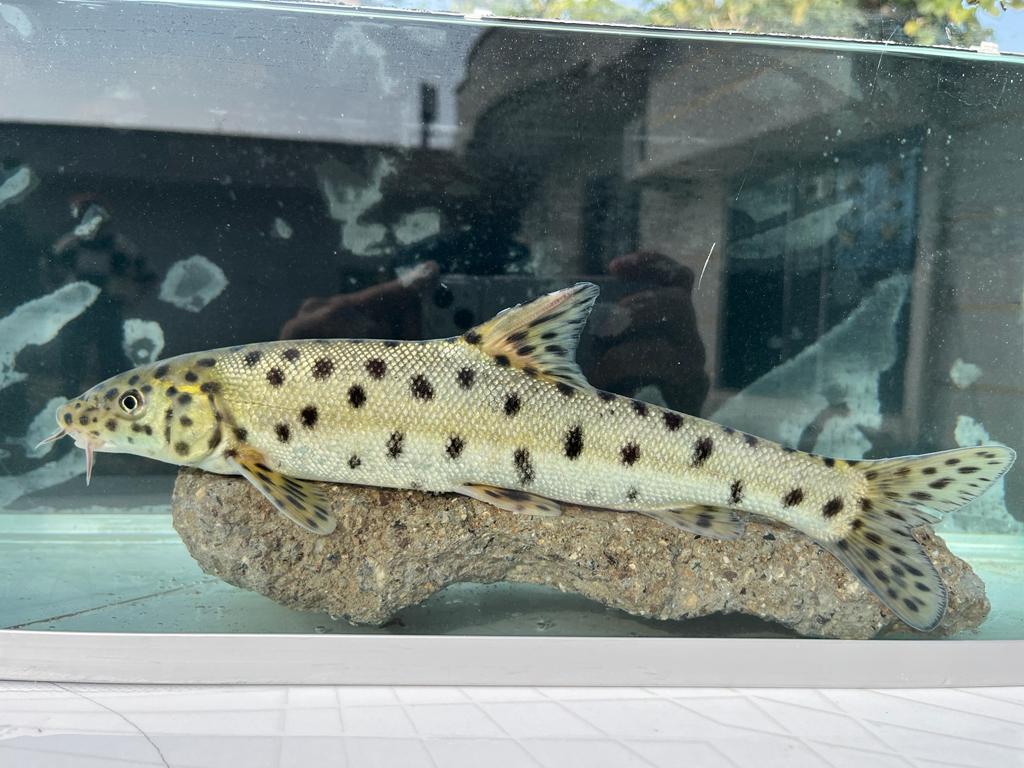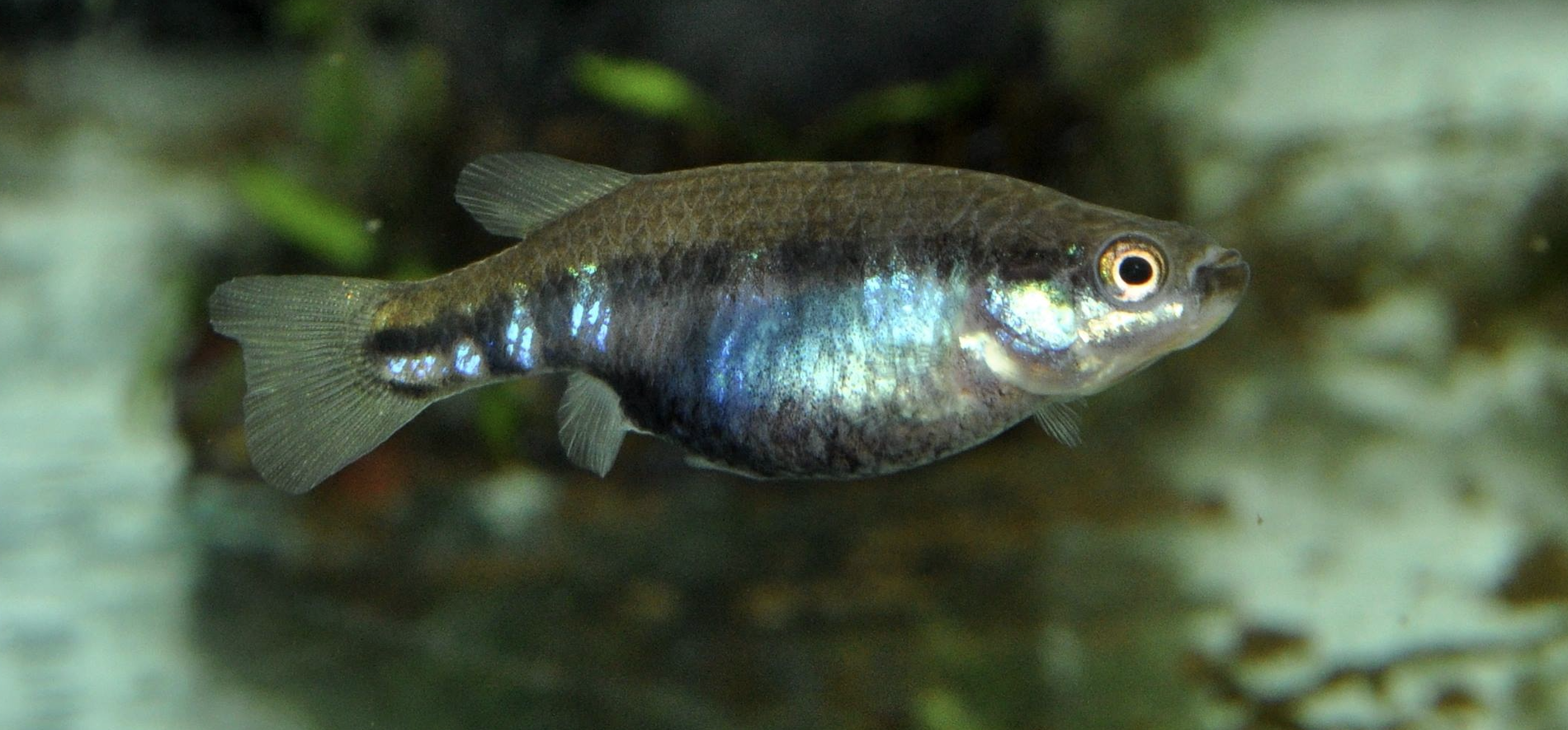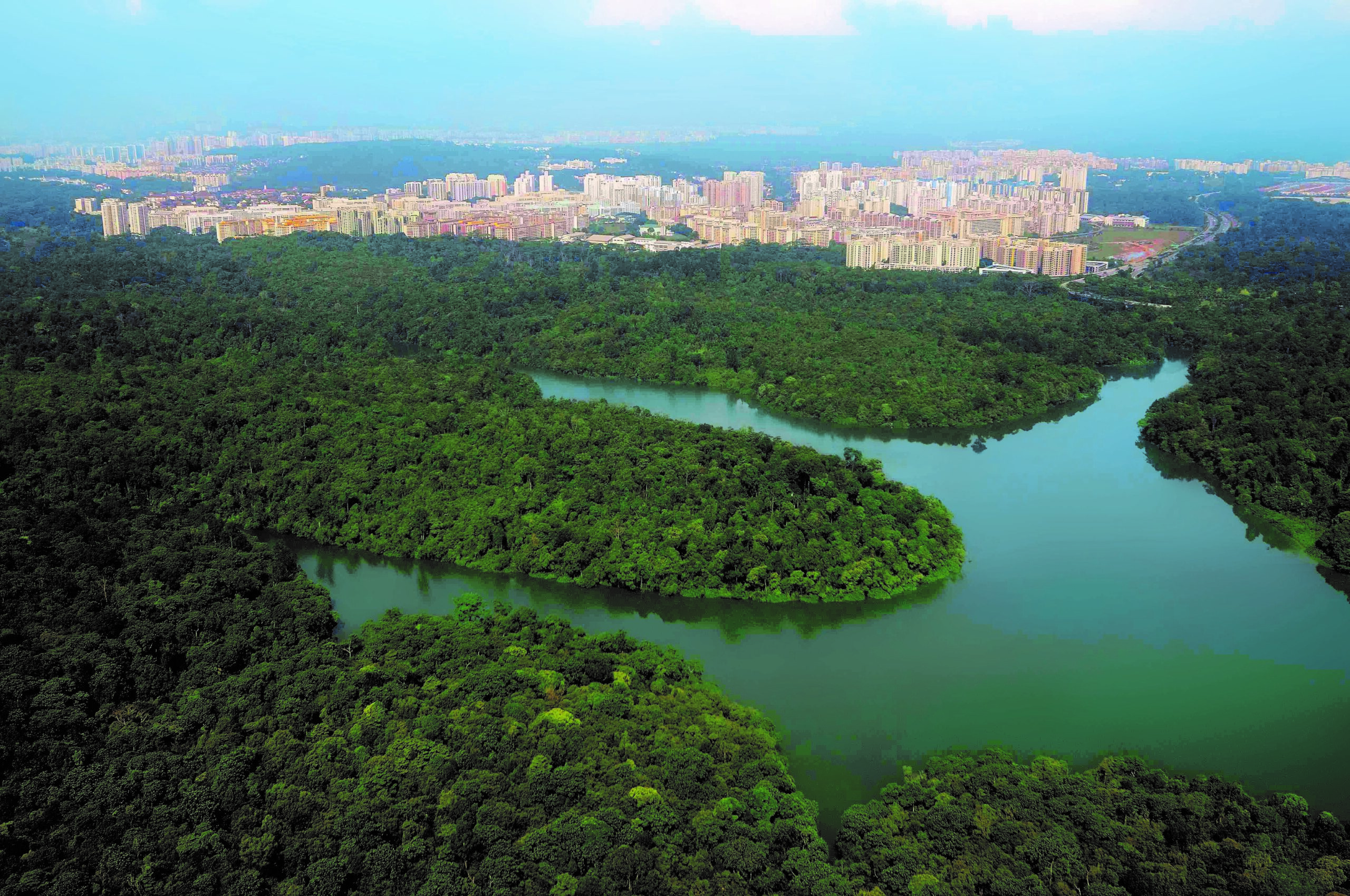Colombia’s Lake Tota: home of the elusive fat catfish
Shoal launches ‘Search for the Lost Fishes’
By Michael Edmondstone
These Lost Fishes haven’t been observed in more than a decade, but are yet to be listed as Extinct. There is reason to believe they are still out there, waiting to be found, and Shoal aims to help find them so that we may install a conservation programme to give them a second chance at survival.
In collaboration with Re:wild and the IUCN-SSC Freshwater Fish Specialist Group, we have identified more than 300 freshwater fish species that fit within the parameters of a lost species. From this master list, we have chosen an initial Top 10 Most Wanted species that will kickstart a multi-year campaign.
These ten species range from locations right around the world, from Colombia to Madagascar, from Vietnam to Papua New Guinea. Shoal will support and encourage expedition teams to work with local communities and experts to search in the habitats where the fish have previously been recorded, including some of the planet’s most far-flung freshwaters, from former war zones to the world’s highest lake, from a lake where Pablo Escobar once had a cocaine manufacturing plant, to an underground cavern underneath an Iraqi shrine.
But this is about much more than the expeditions Shoal is directly involved in: we’re calling on others to join the search and conduct their own expeditions to try and find these Lost Fishes. With expert input from Re:wild, we will publicise people’s stories of rediscovery and adventure as part of this shared campaign of hope and adventure.
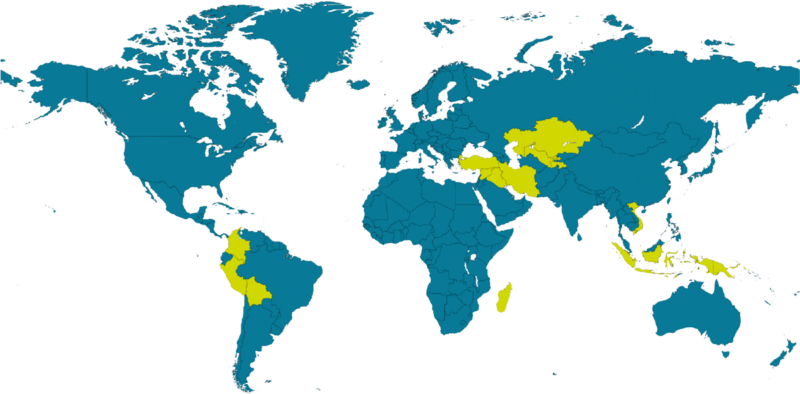
The countries (in green) where the Lost Fishes have previously been recorded.
“The Search for Lost Fishes campaign is incredibly exciting,” said Mike Baltzer, executive director of Shoal. “While the project is driven by science and is aimed to give these species the best possible chance of survival, it also has a strong element of mystery and adventure about it. These species have amazing back stories, were all known from incredible locations and are still much loved by the local people. They are just as keen to find them as we are. Working with the local partners is a true highlight of the project”.
The first Lost Fishes expedition will be for the fat catfish. Shoal has secured preliminary funding for the search and it is planned to start in in Colombia over the coming weeks. It will involve using environmental DNA (eDNA) methods to detect whether the fish may still be in Lake Tota. The expedition team will sample the water, searching for traces of DNA left by the fat catfish. If the eDNA sampling comes back positive, conservationists will have proof that the fish still survives somewhere in the lake or nearby. The next step , if any DNA is found, will be to refine the search based on the location of the detected eDNA.
“If the fat catfish still survives, it will be one of the rarest fish in the world,” said Dr. Barney Long, senior director of conservation strategies, Re:wild. “There have only ever been 10 specimens found, so if the expedition does find the fat catfish, it would be hugely exciting. Also one question may finally get answered; why is it so fat? There is no other fish in the world like it and it has been one of the mysteries of ichthyology for years”.
Read about a previous expedition to find the fat catfish here.
Recent rediscoveries have fuelled hope that the species on the Top 10 Most Wanted Lost Fishes list will be found. The Dumbéa River pipefish was originally planned to be included on the list, but a sighting of the fish in New Caledonia, based on a single record on iNaturalist, a citizen science app, was recently confirmed by scientists. Damien Brouste, a naturalist and angler, became the first person with a confirmed sighting of the species in over a decade.
Read more about Damien’s sighting here.
All things being well, some of these other elusive fish will be rediscovered. And, when they are, the real work of helping bring them back from the brink of extinction will begin.
The Top 10 Most Wanted Lost Fishes:
• Duckbilled buntingi in Indonesia
• Fat catfish in Colombia
• Spinach pipefish in Papua New Guinea
• Syr Darya shovelnose sturgeon in Kazakhstan, Tajikistan and Uzbekistan
• Annamite barb in Vietnam
• Haditha cavefish in Iraq
• Batman River loach in Turkey
• Titicaca orestias in Bolivia and Peru
• Itasy cichlid in Madagascar
• Leopard barbel in the Tigris-Euphrates river system in Eastern Turkey, Eastern Syria, Iran and Iraq

